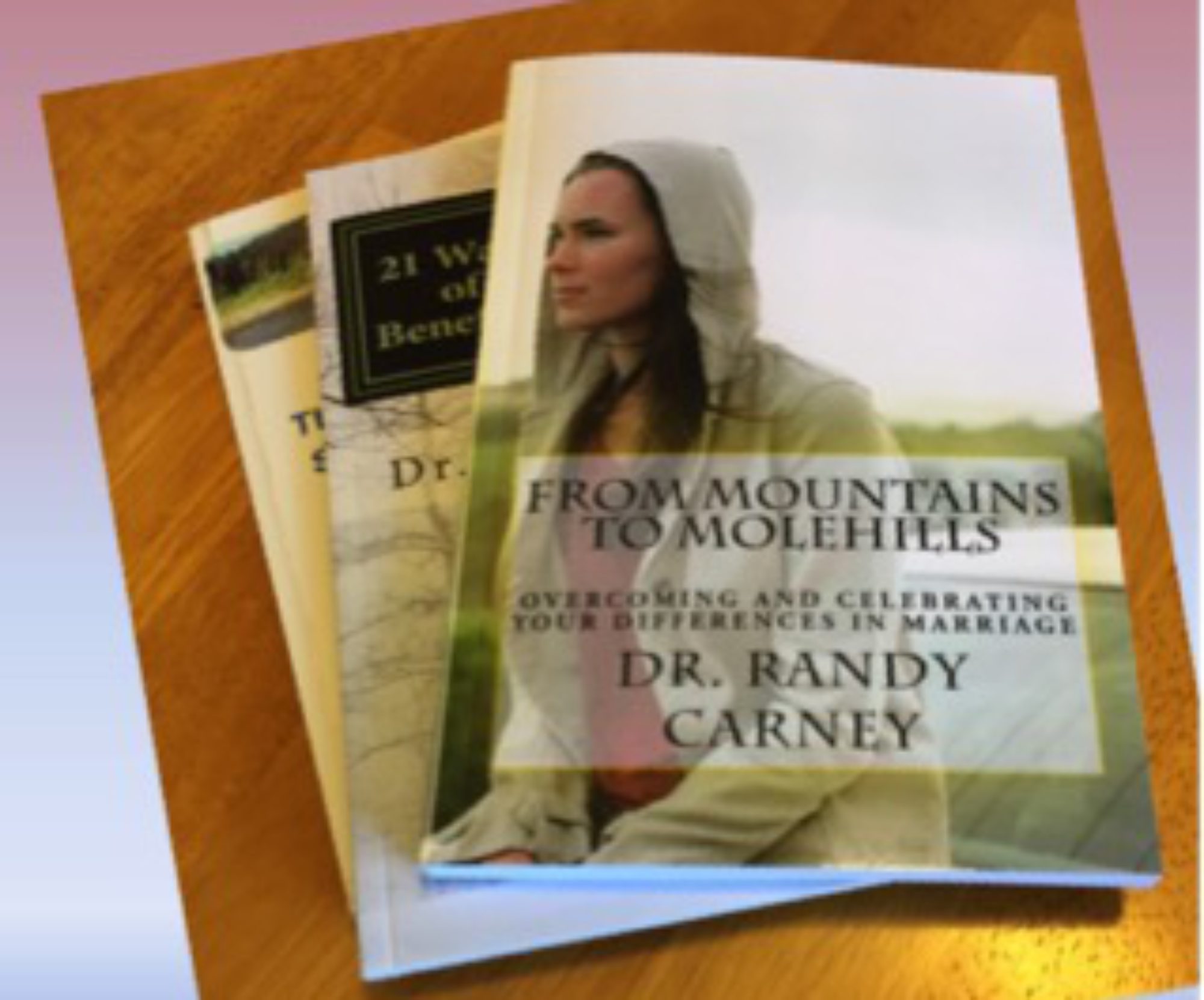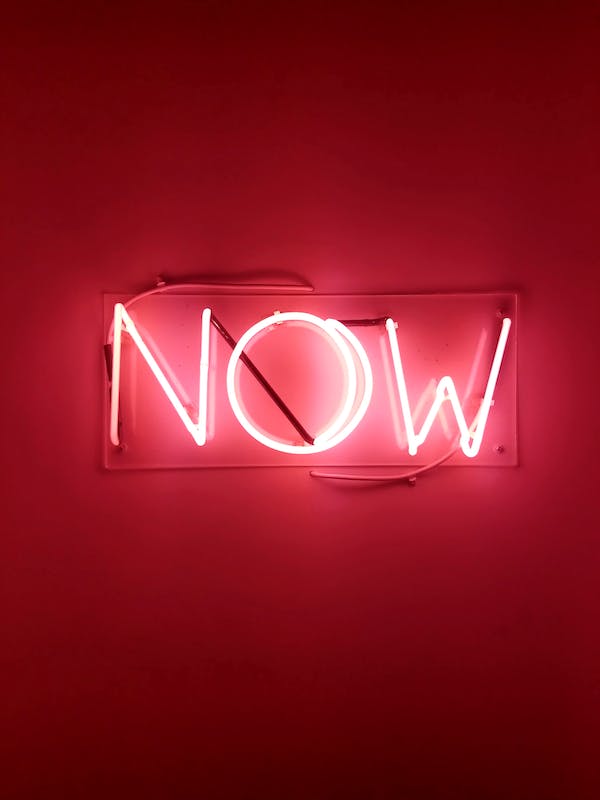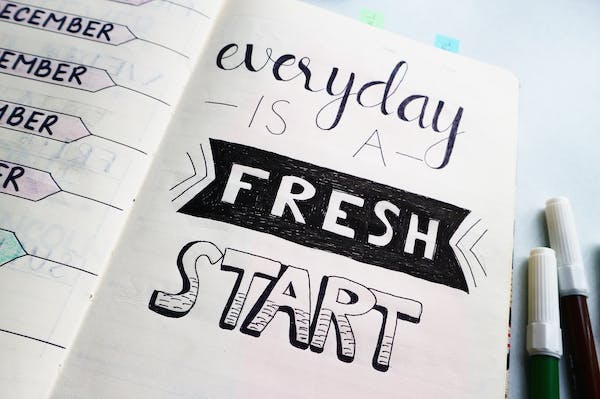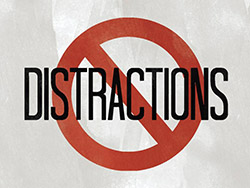First time writing a book.: nine steps that will help. It’s been a while but I’m back.
Today I’m talking about writing a book for the first time and giving you nine steps that will help.
What Kind of Writer Are You?
The first step is to figure out what kind of writer you are. Decide if you’re someone who writes from the seat of your pants or if you’re someone who requires a detailed outline, Find out what works for you.
One is not better than the other, as long as it matches your personality.

Personally, I prefer a combination of the two. I come up with large ideas or topics and break the writing down into those sections. I use that as a heading and then just let the writing flow.
So start off using a very simple outline in your writing if you’re a “pantser.” (someone who prefers to write with no set structure or outline)
Now if you are a pantser then you do probably want to improve your structure a little bit. You need to know where you’re going and how you’re going to end up.
If you are someone who prefers very detailed writing, that’s fine. Come up with that type of outline, and write from it.
Even so, you might benefit from taking some of those sub-points and setting a timer, and making yourself write quickly until the timer goes off.
That might feel a little odd to you, but I think if you do the two together. you will find some benefits in doing that.
If you’re a pantser or an outliner, after you get through with your book, you will come back in the editing process and be more analytical.
But first of all, figure out what kind of writer you are, and don’t try to force yourself into the other. This is an important step in your first time writing a book.
The Big Idea
The second step is to get a big idea of what you are talking about. This will work for either fiction or nonfiction.
Your title might not reveal that big idea, it may be more of a curiosity-type title, but you still need to know what the big idea of your book is.
Some writers come up with their characters and start their book. Then once they get about halfway through they figure out what the big idea is and go from there.
Get the big idea.
Develop A Writing Plan
The next step is to either outline (if you are a detailed outline person) or, if you are a free-flow writing person, then come up with some type of writing plan.
This is especially important if you are writing nonfiction. You need to come up with some ideas about some of the things that you’re going to cover in your writing

In the past, I’ve talked about some types of writing plans that go from just an outline to turning the main points into a series of questions. You can even do that with sub-points. When you do that, then all you have to do is answer the questions.
Come up with a writing plan for your first time writing a book.
Research
Then after that, you need to research. As you conduct the research, be excited about what you’re doing.
The next thing you need to do is figure out how much time you’re going to spend researching your particular writing project.
When deciding how many days you’ll need, be sure to tame your research. If you don’t, you will research and research and research until that’s all you’ll ever do.
Once you’ve done that, you’ll have the plan and you will know what the big idea is.
Have a Routine for Your First Time Writing A Book
Set up a routine for writing. Find a special place where it is quiet. Maybe you’d prefer going to different places like restaurants, coffee shops, or libraries
Find out where you’re going to write and then set up a routine.
I have a desk at home where I especially like to write.
So the next nice thing is to set up a routine.
Now my routine has been interrupted quite a bit this summer because of some of the things that have been going on in my various enterprises. One of those things is I accepted the call to be the pastor of a new church, so getting settled in has kind of messed with my daily routine of what I was doing at home.
Now I’m back and beginning to reestablish that and I’m able to work from home.
You need to set up your routine, and I think there are two good ways to do this.
The first is to set a daily writing goal of so many words. You might want to set a goal of 500 or 1000 words a day.

Another way is to decide on a certain length of time that you will write. You might write 25 minutes a day, 15 minutes a day, or 75 minutes a day.
With some writing plans, you can break your writing down to where you are doing anywhere from 10 to 15 five-minute writing sessions a day, which comes out to 50 to 75 minutes a day. That’s pretty good; especially if you have another job and you need to do your writing either early in the morning or late at night or at some other time outside of your job.
So set up a routine and have a daily goal.
I often find it helpful to set a timer for the timed writing.
If you find yourself going over the same sentence three times before you’re finished, it’s good to just set a timer and force yourself to write as fast as you can until the timer goes off.
That one works well for me.
Set up your routine where you’re either going to write a certain number of words per day or for a certain amount of time each day.
Having this set structure will be a big help for your first time writing a book.
Now the next thing is very important.
Keep Going!
Once you get that routine established, stay with it. Stay with it on the days when you feel inspired and on the days when you don’t feel inspired. Just keep going, and as you meet those daily goals, you will get that rough draft finished.
If this is your first time writing a book, it can feel daunting and overwhelming. Keep going.
Finish the Rough Draft and Edit
The seventh step is to finish the rough draft. The eighth step is to add it to your second draft or close to your final draft.
There may be a second and a third in there but just go back and edit what you’ve written.
The importance of getting that rough draft done is that it is much easier to edit something if you have something to edit.

So get the rough draft done and then start the editing.
One writer said someone gave a writing project back to him and it was marked up and he thanked the editor who said, “All I did was get rid of the unnecessary words.”
When you’re editing that’s a good little tip. You will be trimming a lot when you edit and add it to your second draft.
Once you have that done, you have your second draft, third draft, and your final draft.
Publish It
The next step is to publish your book.
Now you can publish it as an ebook and you can publish it as a hard copy. I recommend that you do both.
Several years ago, the number of sales of ebooks surpassed those of print books. That went on for a couple of years and then I think it’s gone back and forth since then, but I would just recommend that you publish both.
Now, I have no stock in any particular company, but if you’re wanting to find out how to publish, there are some options.
If you want to self-publish for the first time, Kindle Direct Publishing is a good platform to do that.
Other ones that are good are Lightning Source and Lulu. I don’t have as much information on either of those or experience with them, but I know those are good platforms.

If you’re interested in self-publishing, you could also pitch your book to a traditional publisher.
You would need to write a query letter and present some sample chapters to be able to do that.
In this modern world, there are a number of hybrid publishers where you sort of get the best of both worlds of self-publishing and traditional publishing.
A hybrid publisher will charge you for certain things that they do for you, so you need to figure out how much you’re willing to pay for the services that you get.
Now, these are not vanity publishers; these are legitimate publishers who do need to be compensated for the time they’re going to put into helping you to get your project finished.
So, first time writing a book: those are nine steps that I hope will help you.
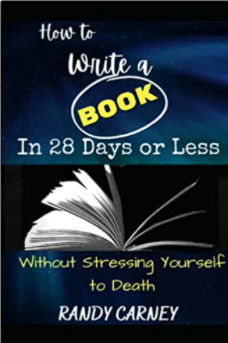
Incidentally, if you’re interested in having someone come and speak to you on the topic of writing, I happen to be the author of the book, How to Write a Book in 28 Days or Less Without Stressing Yourself to Death and I would be glad to come and speak to your group on the topic of writing.
To get your own copy of the book, just click the link above. To submit a request for me to speak at your event, click here, fill out the form, and I will gladly get in contact with you. If you’d like to read more blog posts on the topic of writing, click here and you’ll find many helpful posts.
Well, I hope you have a great day. If you need me for anything, let me know.
For now, remember, YOU CAN WRITE A BOOK
